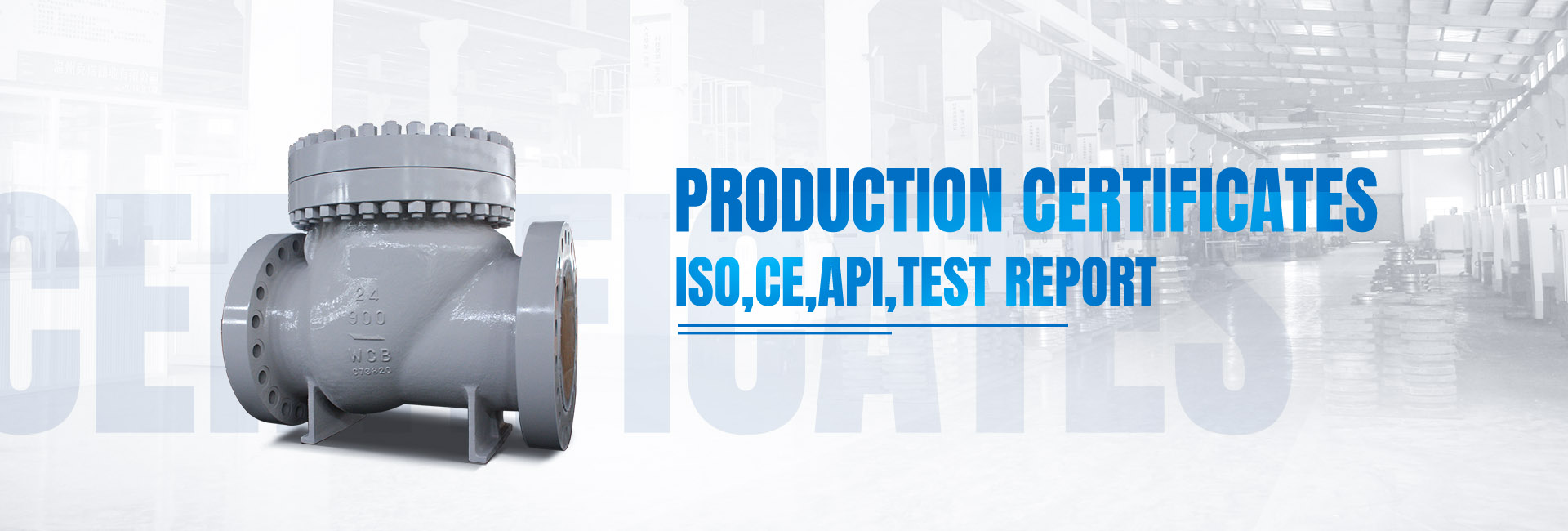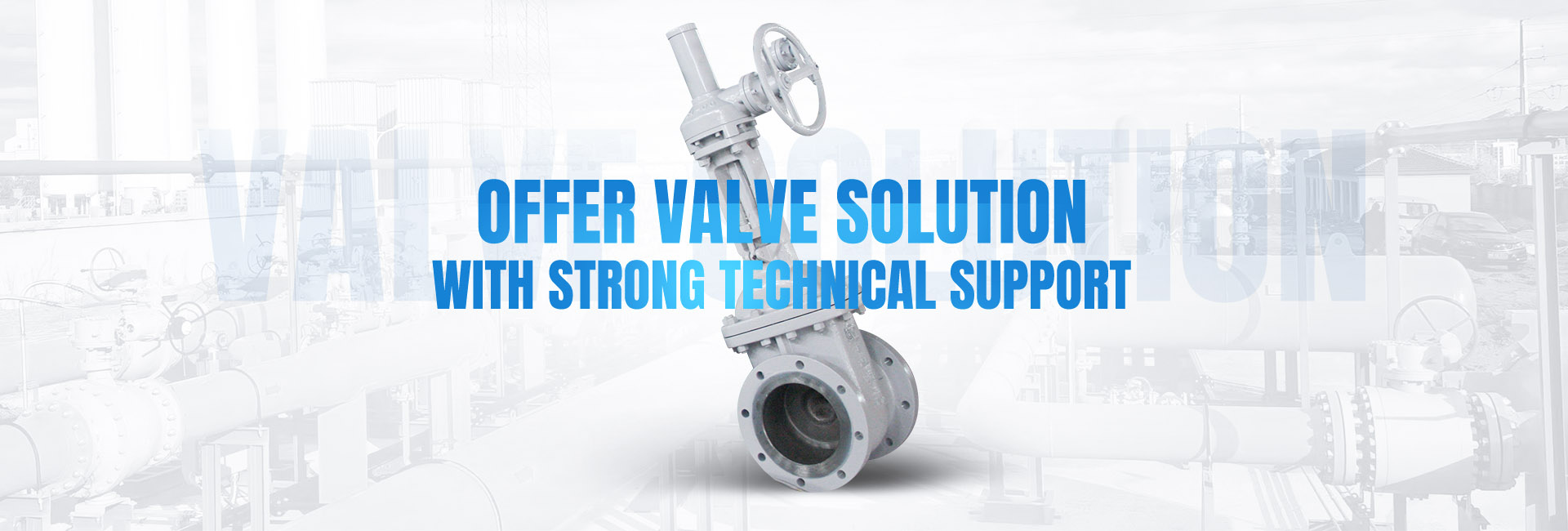1. When installing the gate valve, it is necessary to clean the inner cavity and the sealing surface, check whether the connecting bolts are evenly tightened, and check whether the packing is pressed tightly.
2. The gate valve is closed during installation.
3. Large-sized gate valves and pneumatic control valves should be installed vertically, so as not to be biased to one side due to the large self-weight of the valve core, which will cause leakage.
4. There is a set of correct installation process standards.
5. The valve should be installed in accordance with the allowable working position, but attention should be paid to the convenience of maintenance and operation.
6. The installation of the globe valve should make the flow direction of the medium consistent with the arrow marked on the valve body. For valves that are not frequently opened and closed but need to strictly ensure that they do not leak in the closed state, they can be installed in reverse to make them tightly closed with the help of the medium pressure.
7. When tightening the compression screw, the valve should be in a slightly open state to avoid crushing the sealing surface of the valve top.
8. Before positioning the low temperature valve, the opening and closing test should be done in a cold state as much as possible, and it is required to be flexible without jamming.
9. The liquid valve should be configured so that the valve stem is inclined at an angle of 10° to the horizontal to prevent the liquid from flowing out along the valve stem, and more seriously, to avoid leakage.
10. After the large air separation tower is exposed to cold, pre-tighten the flange of the connecting valve once in a cold state to prevent leakage at normal temperature but leakage at low temperature.
11. It is strictly forbidden to climb the valve stem as a scaffold during installation.
12. After all the valves are in place, they should be opened and closed again, and they are qualified if they are flexible and not stuck.
13. Valves should generally be positioned before pipeline installation. The piping should be natural, and the position should not be hard.
pull to avoid leaving prestress.
14. Some non-metallic valves are hard and brittle, and some have low strength. When operating, the opening and closing force should not be too large, especially not violent. Also pay attention to avoid object collision.
15. When handling and installing the valve, beware of bumping and scratching accidents.
16. When the new valve is used, the packing should not be pressed too tightly, so as not to leak, so as to avoid too much pressure on the valve stem, which will accelerate the wear and tear, and it will be difficult to open and close.
17. Before the valve is installed, it is necessary to confirm that the valve meets the design requirements and relevant standards.
18. Before installing the valve, the inside of the pipeline should be cleaned to remove impurities such as iron filings to prevent the valve sealing seat from being mixed with foreign matter.
19. The high temperature valve is installed at room temperature. After use, the temperature rises, the bolts are heated to expand, and the gap increases, so it must be tightened again. This problem should be paid attention to, otherwise leakage will easily occur.
20. When installing the valve, it is necessary to confirm whether the flow direction of the medium, the installation form and the position of the handwheel meet the regulations.
Post time: Apr-07-2022



